Featured
These plants have flowers that provide nectar to adult butterflies and other pollinators. The flowers are usually bright and showy. You'll want nectar plants that bloom from February to November.
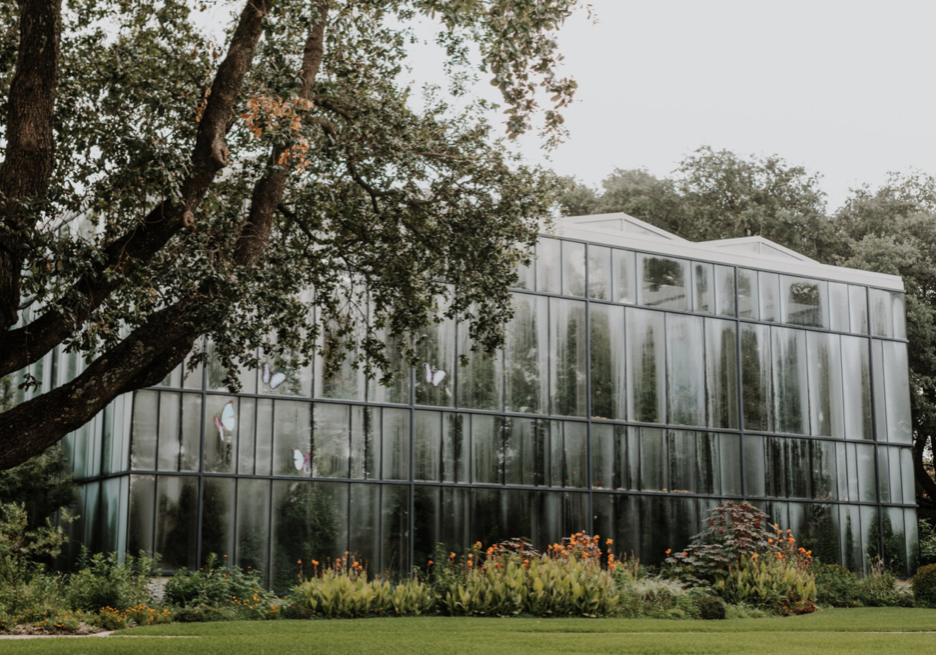
The tropical landscape transports you to the native habitats of our exotic butterflies. Stroll through and take in the sights as our butterflies dance around you. Want to learn about the Lepidoptera in the Butterfly House? Scroll down to see pictures of species you might see on your visit!
The Butterfly House in Dallas, TX is open daily 10am-5pm. This is a climate-controlled environment and is warm year-round! Peaceful and fascinating, hundreds of butterflies live here. Make sure to check out our emergence chamber to see chrysalis and what has come out of them that day!
Yes, it's as cool as it sounds! The Emergence chamber is located on the lower level of the Butterfly House. This glass enclosure lets you closely examine butterfly chrysalises and moth cocoons.
You may even get to see some emerge!
Massive plants line the walk ways of the butterfly house. This is a wonderful space to experience the diversity of plant life in tropical ecosystems!
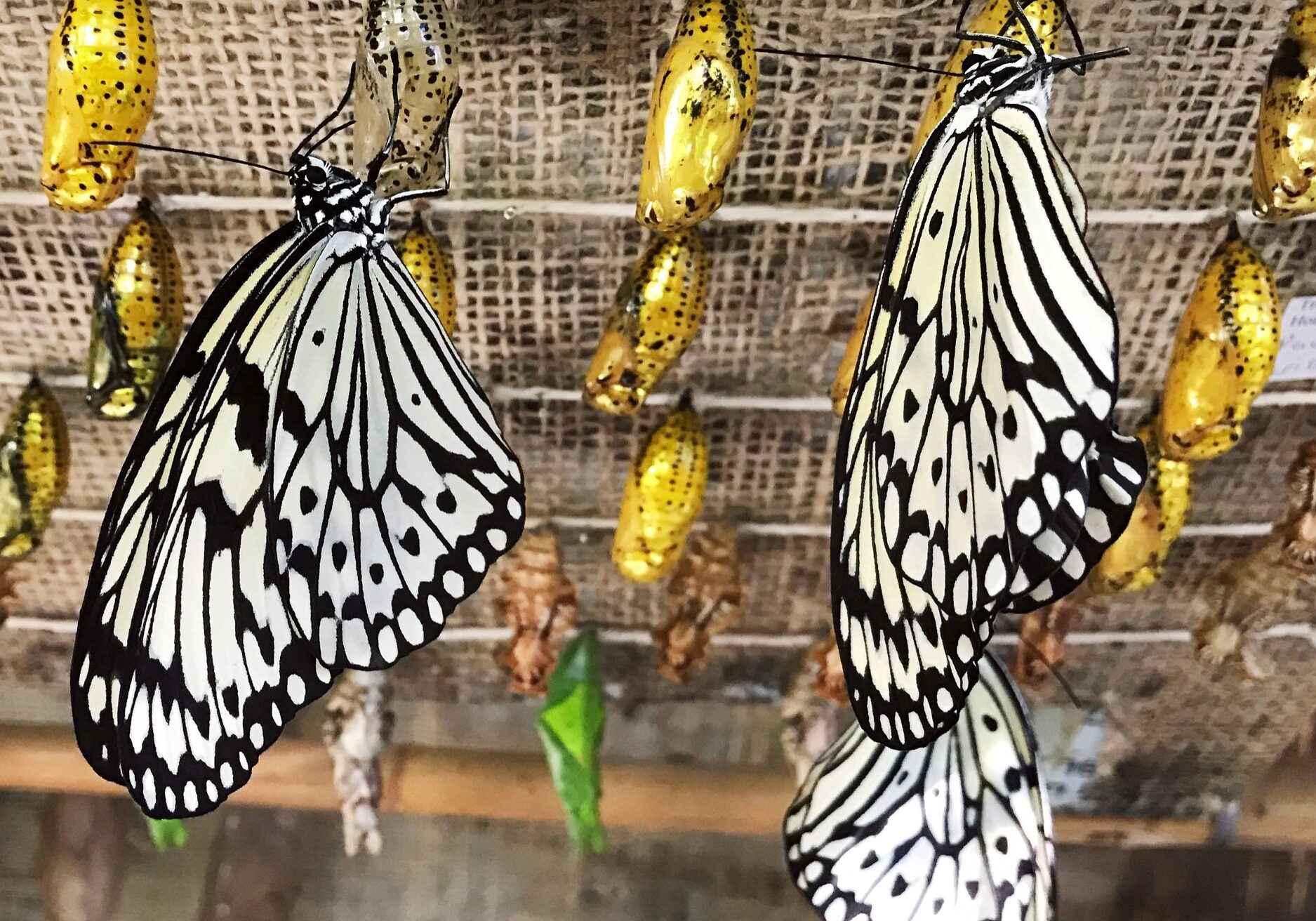
Nestled within our indoor Butterfly House and Insectarium, the Honey Bee Tree offers an up-close and personal glimpse into the buzzing world of honeybees in a completely safe and controlled environment. The bees are in their world and visitors can safely view this exciting exhibit within an exhibit. The actual bee hive is safety installed within a fake but real looking tree with 2 layers of plexiglass to keep the bees in and people safe.
Our innovative design ensures that the bees are fully contained within the Bee Tree eliminating any risk of stings. Marvel at their fascinating behavior and witness the magic of bees and their incredible contributions to our natural environment! You’ll see the various types of hive cells, both the traditional wax and newer wire support type.
Explore: Discover the Buzzing World
Dive into the intricate life of honeybees as they venture from their hive within the Bee Tree out through a clear PVC pipe through the glass walls of the butterfly house to the outside gardens to pollinate plants, gather nectar, and return to their hive. See nature’s pollinators in action and explore their essential role in our ecosystem.
Experience: Feel the Magic of the Honey Bee Tree
Experience the joy of observing these industrious insects up close and take away unforgettable memories of your visit. This unique attraction promises to be both enlightening and entertaining.
Entertain: Marvel at Nature's Wonders
Watch the bees work diligently in a secure environment, providing a captivating experience for visitors of all ages. The Honey Bee Tree transforms learning into a fun and engaging adventure.
Educate: Learn with Every Visit
The Honey Bee Tree is an educational powerhouse! Uncover the secrets of the bees' lifecycle, understand their critical contribution to pollination, and witness the amazing process of honey production. This exhibit aims to foster a deeper appreciation for these vital creatures and their conservation.
For more information or any questions, email [email protected].
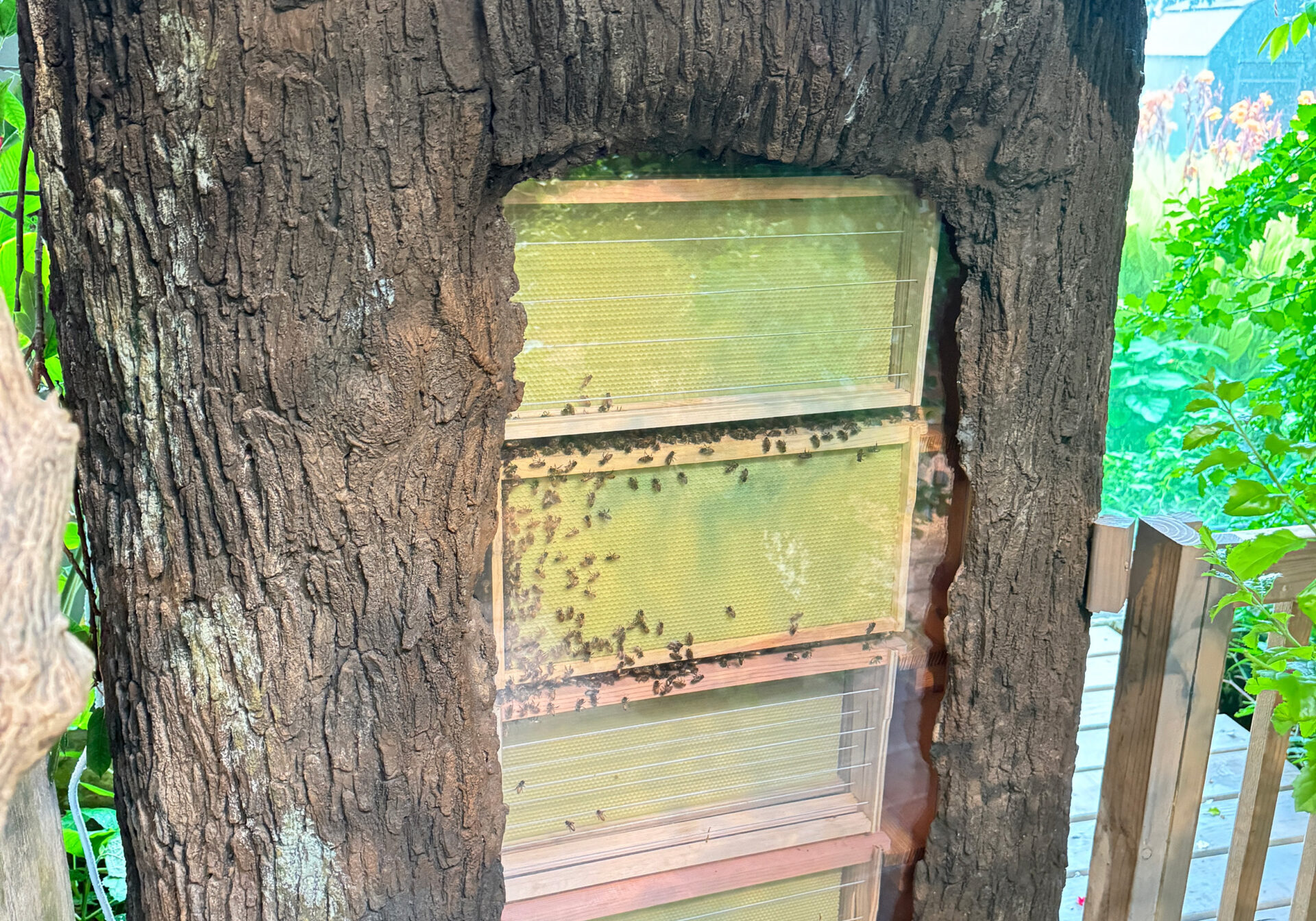
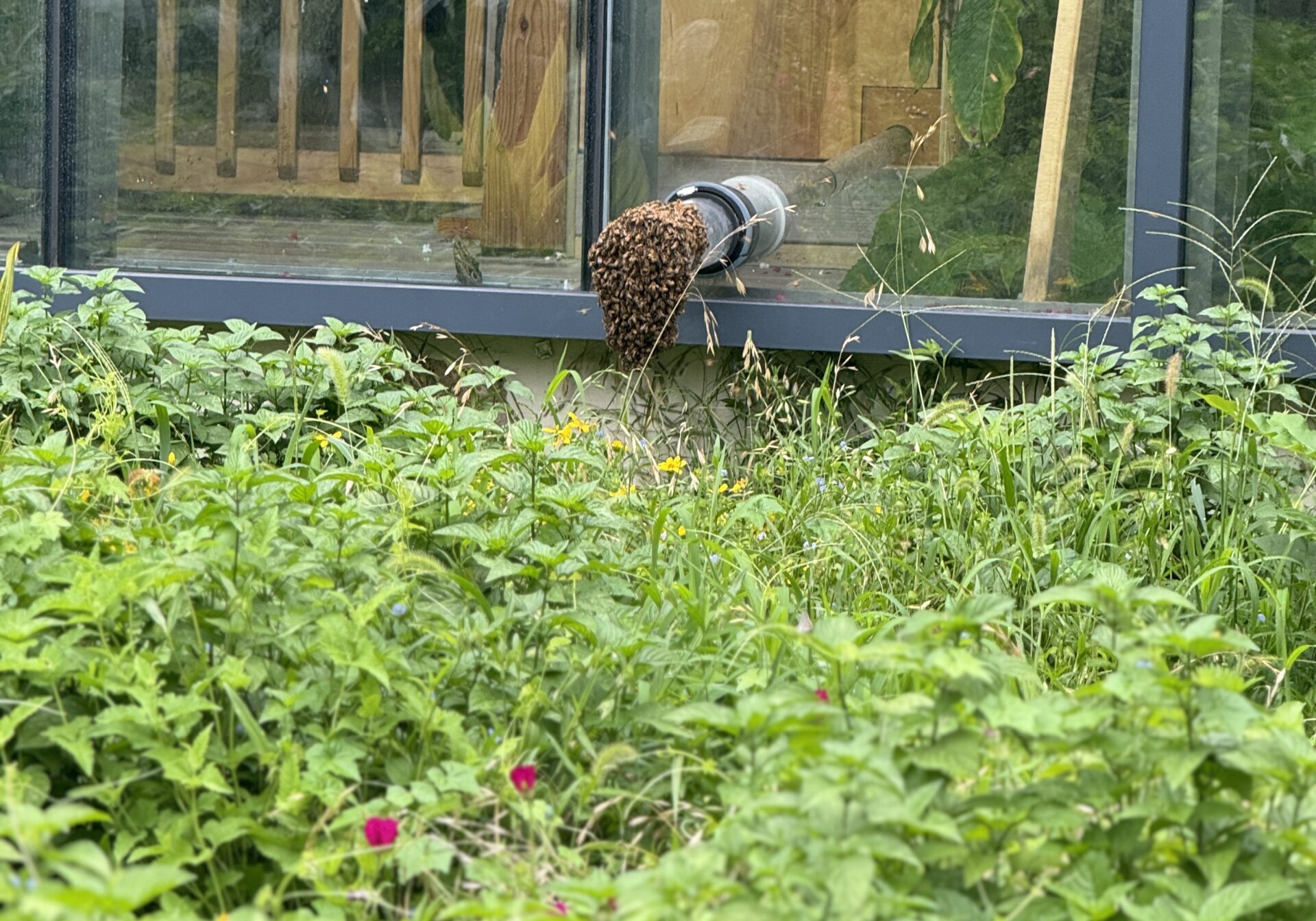
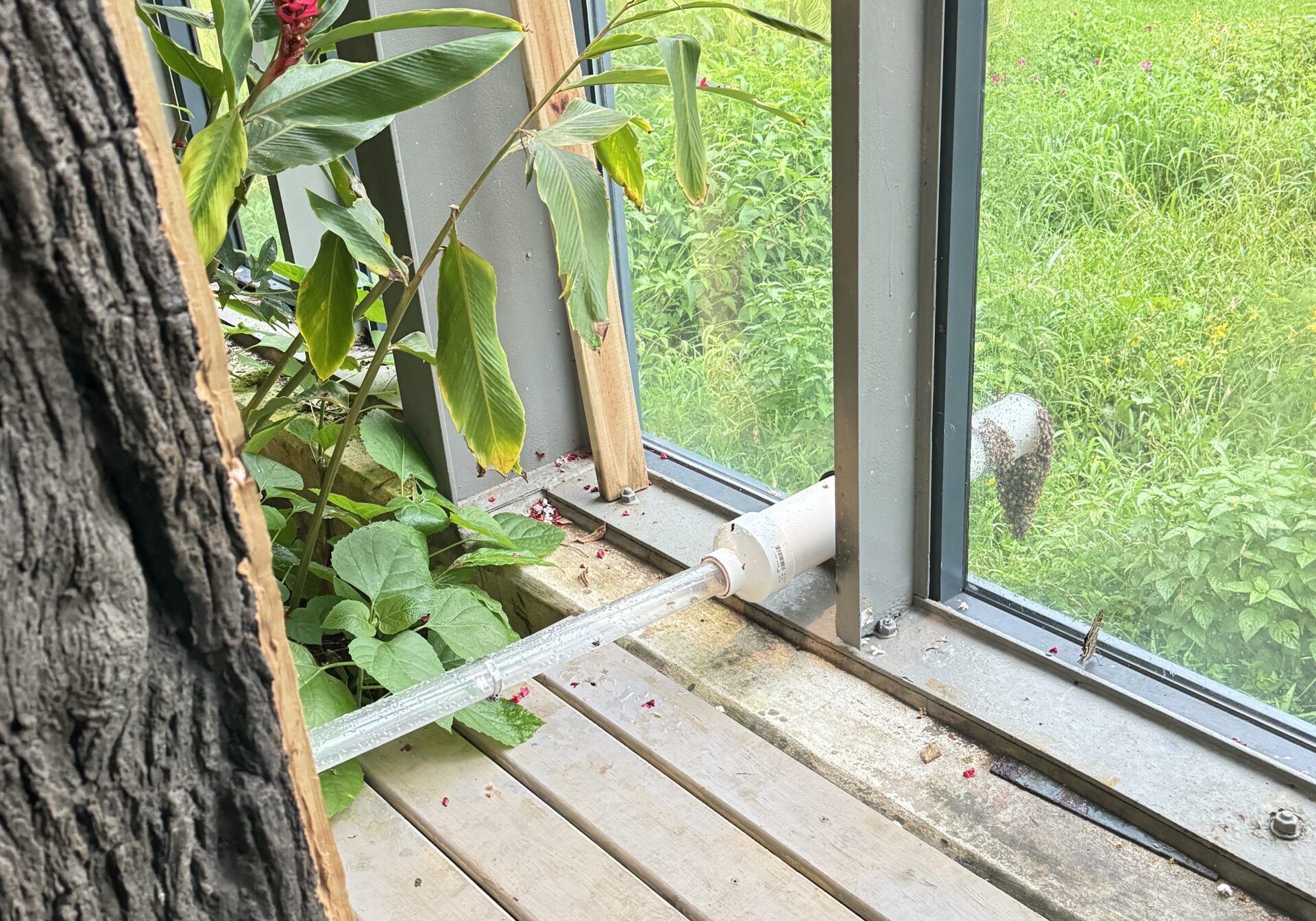
The Texas Discovery Gardens indoor butterfly house is home to many different types of butterflies. We encourage you to visit and learn about our many different exotic butterflies. Learn how to build a butterfly garden or visit our gardens, and green house.
Is there a reason not to? We haven't heard any (good ones). Here are a few reasons you might want to give a Butterfly Habitat a chance.
People like butterflies. Butterflies invoke pleasure in most people. Their bright colors and seemingly carefree lives instill a sense of wonder and serenity.
Butterflies are important to the environment. They pollinate plants and are the prey of other species.
Conservation! The migrating Monarch population is decreasing. Part of the reason is the loss of breeding grounds.
You can make a Butterfly Habitat ANYWHERE! Backyard? Yes. Balcony? Yup. Acres and acres of land? Oh yeah!
If you need inspiration, drop by Texas Discovery Gardens' Native Butterfly Habitat!
For starters you need a garden space. Choose a sunny spot. Butterflies are cold blooded and need warmth from the sun to fly.
Research what species are in your area. Texas is home to about 450 species of butterflies. Due to the range of environments, not all species live throughout the state.
What's puddling? Male butterflies visit the edges of puddles, streams and ponds for the water and nutrients vital for sexual maturity. Include a water feature such as a muddy-edged pond or bird bath.
Now for the ORGANIC plants! Your Butterfly Habitat will need two kinds of plants, nectar plants and host plants. What's the difference?
These plants have flowers that provide nectar to adult butterflies and other pollinators. The flowers are usually bright and showy. You'll want nectar plants that bloom from February to November.
These plants are caterpillar food. Female butterflies deposit their eggs on the leaves of a host plant and caterpillars will eat from it until they are ready to form a chrysalis.
Plant 3-5 of each plant in order to accommodate hungry caterpillars! Some of these host plants also make great nectar plants for butterflies and other pollinators.
Hop Ash (Ptelea trifoliata) for Giant Swallowtail
Passionvine (Passiflora incarnata, P. lutea) for Gulf Fritillary
Fennel (Foeniculum vulgare) for Eastern Black Swallowtai
Rue (Ruta graveolens) for Eastern Black Swallowtail and Giant Swallowtail
Milkweed (Asclepias sp.) for Monarch and Queen
Hackberry (Celtis sp.) for Hackberry, Snout, and Tawny Emperor
Pipevine (Aristolochia sp.) for Pipevine Swallowtail
Frogfruit (Phyla nodiflora) for Buckeye, Phaon Crescentspot
Sennas (Senna sp.) for Giant Cloudless Sulphur, Orange Sulphur, Sleepy Orange
False nettle (Boehmeria cylindrica) for Red Admiral, Question Mark, Eastern Comma
False Indigo (Amorpha fruticosa) for Dogface butterfly, Silver‐spotted Skipper, Gray Hairstreak
Clammyweed (Polanasia dodecandra) for Great Southern White, Checkered White
1. Lantana, Lantana sp.
2. Verbena, Verbena sp.
3. Gregg’s Mist Flower, Eupatorium greggii
4. Frostweed, Verbesina virginica
5. Pentas, Pentas lanceolata
6. Autumn Sage, Salvia greggii
7. Buttonbush, Cephalanthus occidentalis
8. Hummingbird Bush, Anisacanthus quadrifidus
9. Coral Honeysuckle, Lonicera sempervirens
10. Blackfoot Daisy, Melampodium leucanthum
11. Zinnia, Zinnia sp. (Don't buy double petal varieties. Pollinators can’t access the nectar)
12. Mexican Sunflower, Tithonia rotundifolia